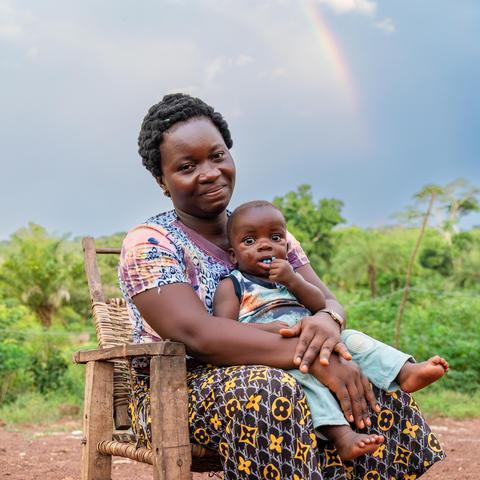Linking Conservation to People’s Well-Being
Learn why conserving Bili-Uélé matters for local people, wildlife, and the global response to climate change.

Pagination
- Page 1
- Next page
Learn why conserving Bili-Uélé matters for local people, wildlife, and the global response to climate change.
